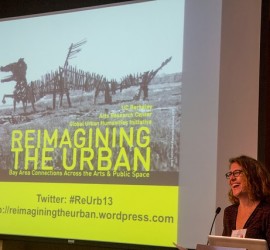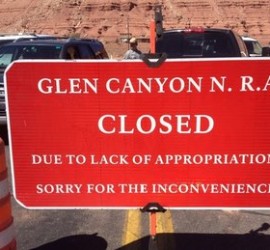Reimagining the Urban: Ying-Fen Chen
A Vision of Site-Responsive Arts Collaborations in Communities
It had been a blue Monday for me before I arrived at the symposium, Reimagining the Urban: Bay Area Connections Across the Arts and Public Space, at noon. I had just finished a class in the morning and was still suffering from the flu. In the crowded auditorium, there weren’t many seats left, but I found one next to a stranger. After brief introductions, I lapsed into silence and wished the symposium end soon that I could go home to recover from my virus. Ten minutes later, in the third section of the day, I not only knew the name of the stranger near me, but had enjoyed a stimulating conversation with her about her vision—site-responsive community-led arts collaborations—against the gentrification phenomenon in Bay Area.
Continue to read…


